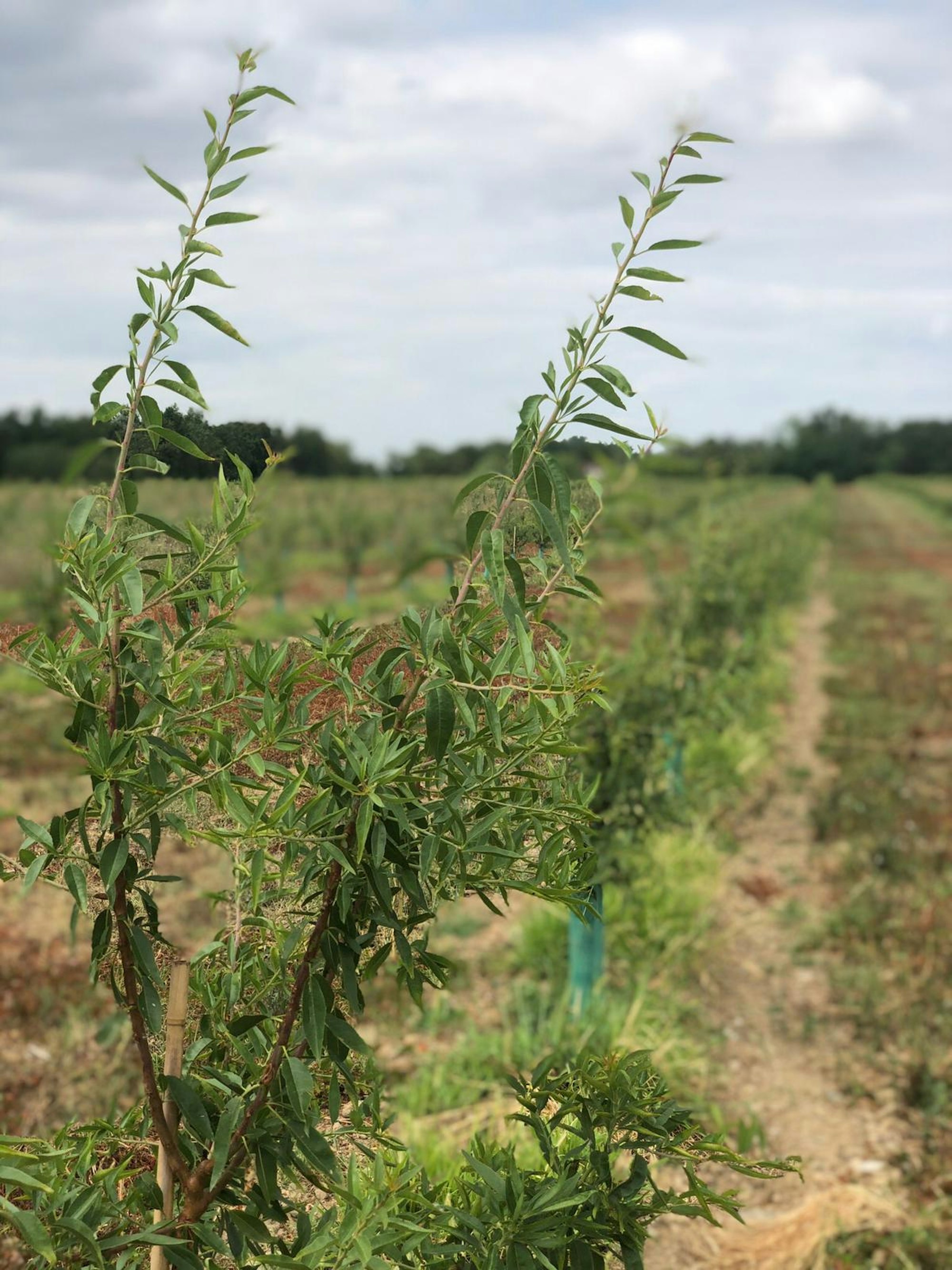La Granja
Unlock the carbon potential of farms through regenerative agriculture.
Climate impact
Removal
Solution
Soils & Agriculture
Location
France
Evaluation
Label Bas Carbone

ABOUT
Learn more about the
project
Transforming 150 hectares of carbon emitting agricultural land into a carbon sink through sustainable regenerative farming practices.
Agriculture is responsible for 25% of global greenhouse gas emissions. Livestock takes up nearly 80% of global agricultural land, despite meat and dairy being a much smaller share of the world’s protein and calorie supply. To put an end to this agronomic and ecological nonsense we must transition towards regenerative agriculture.
GreenPods is transforming a conventional corn farm that had been producing and exporting corn to feed Spain’s pork industry for 3 decades. They are planting over 27’000 organic almond trees with full cover crops between rows. By rotating crops, the land will produce soy, buckwheat, sunflower, spelt, winter oats, and winter wheat in a way that preserves the health of the soil.
Not only does this project transform 150 hectares of agricultural land from a net carbon emitter into a carbon sink, it helps the local environment adapt to climate change and restores biodiversity. It also has social and economic benefits by increasing local food security by producing and selling locally to reduce France’s reliance on imports from abroad.
GreenPods
ASSESSMENT
Everything about this project at a glance.
Climate impact
Removal
How to read this
Our atmosphere is like a bathtub, which we have been filling for decades with greenhouse gasses. Each ton of CO2e in the tub increases the global temperature and affects the climate.
In order to prevent our bathtub from spilling - which would mean reaching a +2°C temperature increase - 3 types of actions exist:
●
Reduction: These projects reduce emissions, closing the tap and slowing down the filling of the tub (e.g. switching to more efficient fuels)
●
Avoidance: These projects preventing future emissions, stopping a new tap from being opened (e.g. protecting forests and peatlands so that they don’t start releasing CO2)
●
Removal: These projects remove and capture greenhouse gasses, emptying the bathtub (e.g. reforestation and direct air capture technology)
Solution
Soils & Agriculture
How to read this
Solutions are different ways we can reduce, avoid and remove our emissions. They vary in terms of cost, level of maturity, potential to scale, and other factors. To make comparisons easier, Sweep groups solutions into categories such as Forests, Geoengineering or Buildings. Climate solutions are numerous: to learn more about what can be done, explore our catalog.
Location
France
How to read this
Solutions can be deployed in a large range of locations, from a micro-regions to entire sections of a continent. You might want to focus your contributions on specific areas to maximize local socioeconomic impacts or contribute where your activities are based.
Evaluation
Certified • Label Bas Carbone
How to read this
Various international and regional standards rely on established methodologies, dedicated processes and third-party verifications to guarantee that a project delivers on its promises.
●
Certified: Standards, such as Gold Standard or Verra, are listed for maximal transparency
●
Not certified yet: The process to be certified is expensive and cumbersome, and ad-hoc methodologies might not exist for specific projects, preventing them from being certified. Sweep promotes other projects after a necessary due diligence, bringing more projects to a wider audience while also offering opportunities to develop and tailor new projects according to your own needs.
Capacity
4.58kt
How to read this
Capacity is the projected volume of tCO2e reduced or removed during the crediting period. This indicates the projected net impact of a project after adjusting for potential negative impacts and other externalities. This is key to assessing the current scale of a project and can give a quick estimate of what the considered volumes represent at the project scale.
Capacity does not reflect the available quantity of credits as some of them can already be sold.
Crediting Period
2021 - 2046
How to read this
Certified projects are eligible to generate carbon credits over a certain period of time. This crediting period gives a good estimate of the progress of a project.
●
Older crediting periods means that projects have delivered their promises and that third-party auditors have recognized the climate impact
●
Crediting periods covering coming years may have already been audited for a fraction of the volumes. The rest will be generated along future audits.
Co-benefits
5 SDGs
5 SDGs
SDG 2: Zero Hunger
Our orchard contributes to local food security, avoiding imports from far-flung countries
SDG 6: Clean Water and Sanitation
Organic orchards preserve water resources, avoiding pesticide and fertilizer contamination in water run-off
SDG 12: Responsible Consumption and Production
The shift towards plant-based diets significantly reduces the global pressure on land
SDG 13: Climate Action
Tree crops are natural carbon sinks and help mitigate climate change and adapt to climate change
SDG 15: Life On Land
Regenerative orchards contribute to restoring land that has been degraded by intensive monocropping, enhancing biodiversity
How to read this
Projects often have positive side effects beyond reducing, removing, or avoiding emissions. For example, projects might reduce waste, protect biodiversity, or support indigenous people. These co-benefits are modelled after the UN Sustainable Development Goals (UN SDGs).
Durability
Low
How to read this
Durability only applies to to removal solutions. It indicates for how long the carbon will be removed from the atmosphere - the longer this is the more desirable. For example, storing carbon as mineral underground is more durable than in a tree, making it a less risky and longer term solution.
Financial additionality
Medium
How to read this
Additionality reveals the impact of your financial support. It indicates what percentage of the global project budget is coming from contributions.
●
High additionality means most of the project revenue relies on contributions, and they would likely not be able to happen without this financing.
●
Low additionality projects are less reliant on contributions.
●
Other additionality criteria, such as policy or regulatory additionality, are tackled through certifications and not assessed here
Barriers
Medium
The total project barrier score is available when all types of barrier are provided. It is a composite score based on the 5 barriers assessed.
Technical
Financial
Social
Political
Economical
Heavy treasury needs until cash-flow positive state is reached, after probably 6 years. Important risks (frost, drought, hail, etc.) might occur and need to be fully understood in a region where little to no almonds are produced today.
How to read this
Barriers are the different hurdles a project might need to overcome. Barriers can give you a sense for the challenges a project faces, but also how it can add deeper value and create change. We differentiate five types of barriers: economic, social, institutional, technical and financial.
Create your portfolio to get started
Our carbon team will help you tailor your portfolio based on your preferences.
Track, report and act
Sweep helps you get your carbon on-track
Sign up to The Cleanup, our monthly climate newsletter

© Sweep 2023